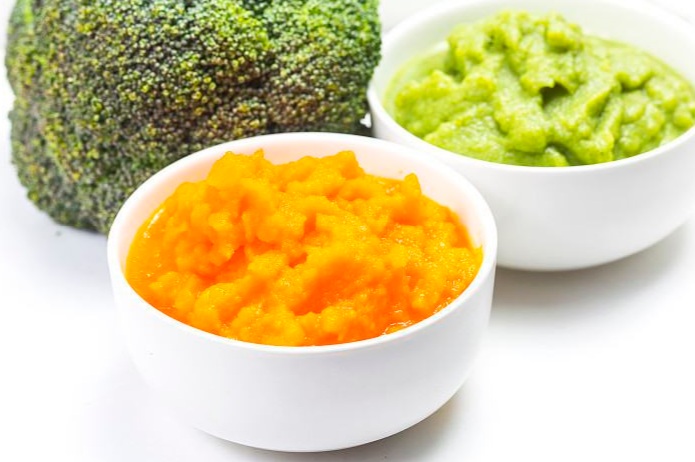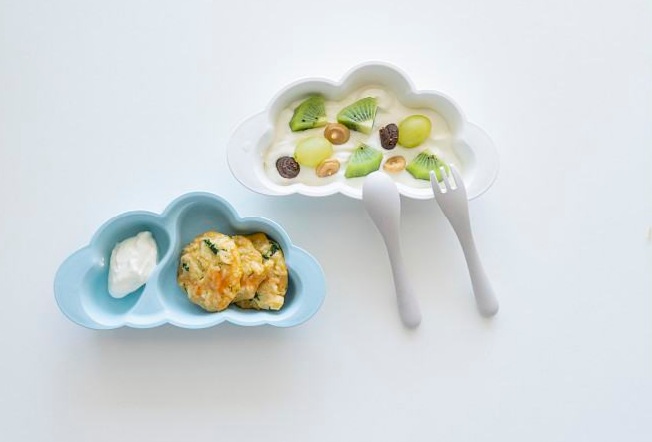- Homemade rice noodles are natural, so you can eat at ease
Although millet porridge made at home is a good food, it cannot be used as the initial complementary food, nor can it replace baby rice noodles. The baby’s first food supplement with complementary food should be baby-fortified iron rice flour. In the middle and later stages, baby-fortified iron rice flour should also be used as the mainstay, and only a small amount of millet porridge should be used. The purchased rice cereal contains various nutrients such as iron, zinc, calcium, vitamin D, vitamin D, vitamin C, vitamin B family, DHA, etc., so the nutritional content is higher, which is helpful for the growth and development of the baby . The ingredients of homemade rice noodles are too single, which cannot meet the needs of the baby’s growth and development, and even cause nutritional deficiencies.What are the disadvantages of complementary feeding

- Only eat sticky food without teething
Long-term feeding of soft food to the baby will make the baby lose the ability to bite, which will have an impact on subsequent meals and speech. 6 to 12 months is a critical period for the baby’s development trend of occlusal and swallowing methods. It will be relatively laborious if you can’t guide it correctly after the past. When the baby has a left and right biting position, it shows that he basically has the ability to bite the food. Gradually try mashed ingredients from July to September, and diced and finger-shaped ingredients from October to December. - Do not allow children to eat complementary food by themselves
Parents who are afraid that the child will make the meal especially dirty, or that the child’s body will be dirty, parents often go to feed. This approach is a mistake. No matter how dirty or messy the child’s meal is, parents don’t need to worry too much that the child’s meal will mess up the meal. As long as the child has the concept of eating by himself, he should train the child to eat by himself. That can quickly help your child learn to eat independently.

- Give your child more complementary food and no milk
Complementary foods are often referred to as “complementary” foods, precisely because they are foods that supplement milk. Before the baby is one year old, dairy products are still the main source of ingredients and nutrients, especially when the key source of kinetic energy depends on milk, not complementary food. It should be ensured that the proportions are matched, and it is not possible to not drink milk after eating complementary food. - Give your child a variety of complementary foods from the beginning
It is also not true that some parents will give their children a variety of complementary foods to begin with. Adding complementary food to your child should be the same. And each kind of complementary food should be given to the child for 2 to 3 days. After the child’s body has no abnormality, the second one should be improved.

In fact, adding complementary food to your baby is not easy to say, and it is not that difficult to persuade. Parents should learn and train some scientific and reasonable professional knowledge of adding complementary food in advance. Many misconceptions can be bypassed and nutritional supplements and exercise for a variety of abilities are guaranteed.
Read more tips about health and fitness http://www.growmorehealth.com
